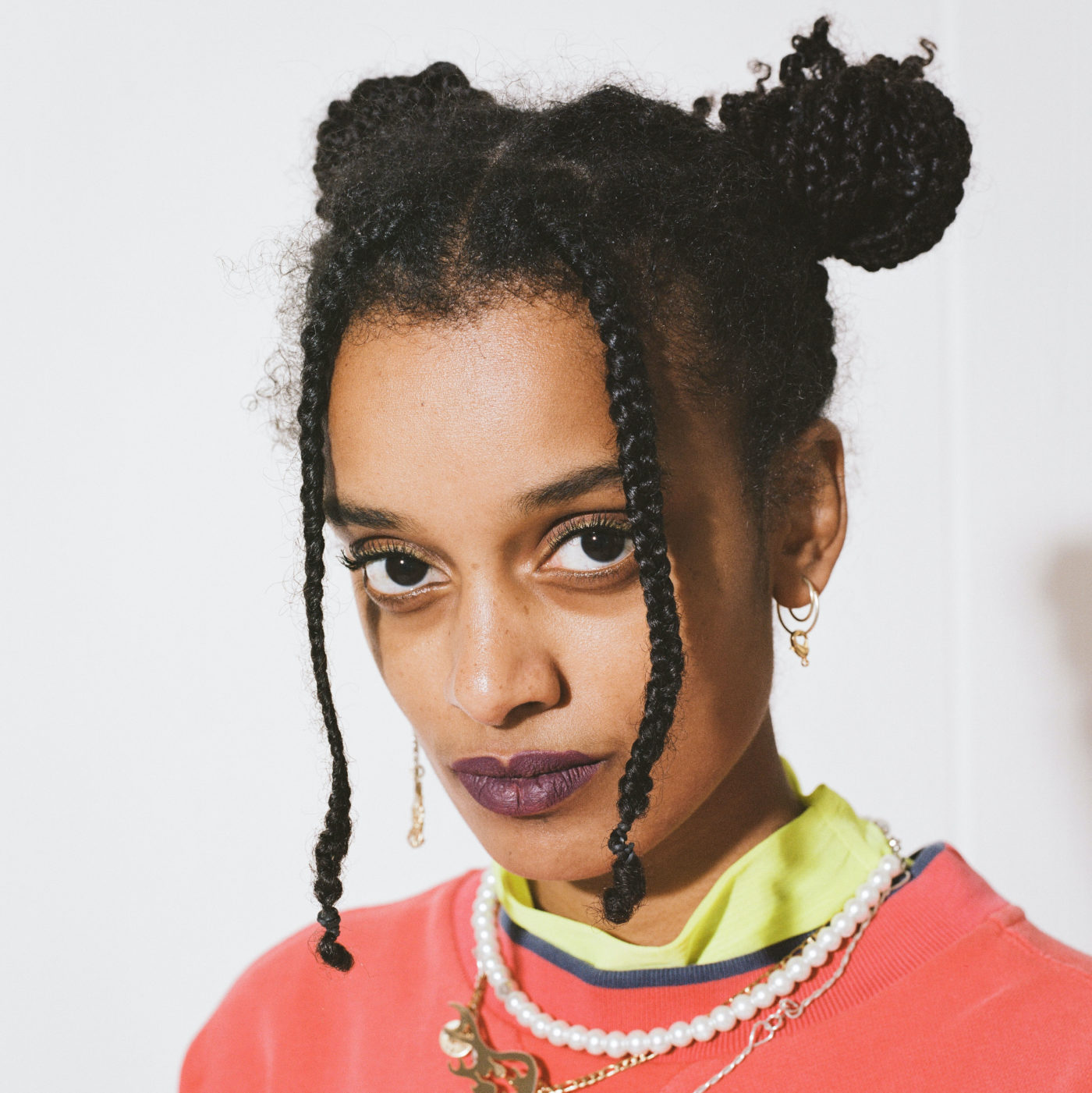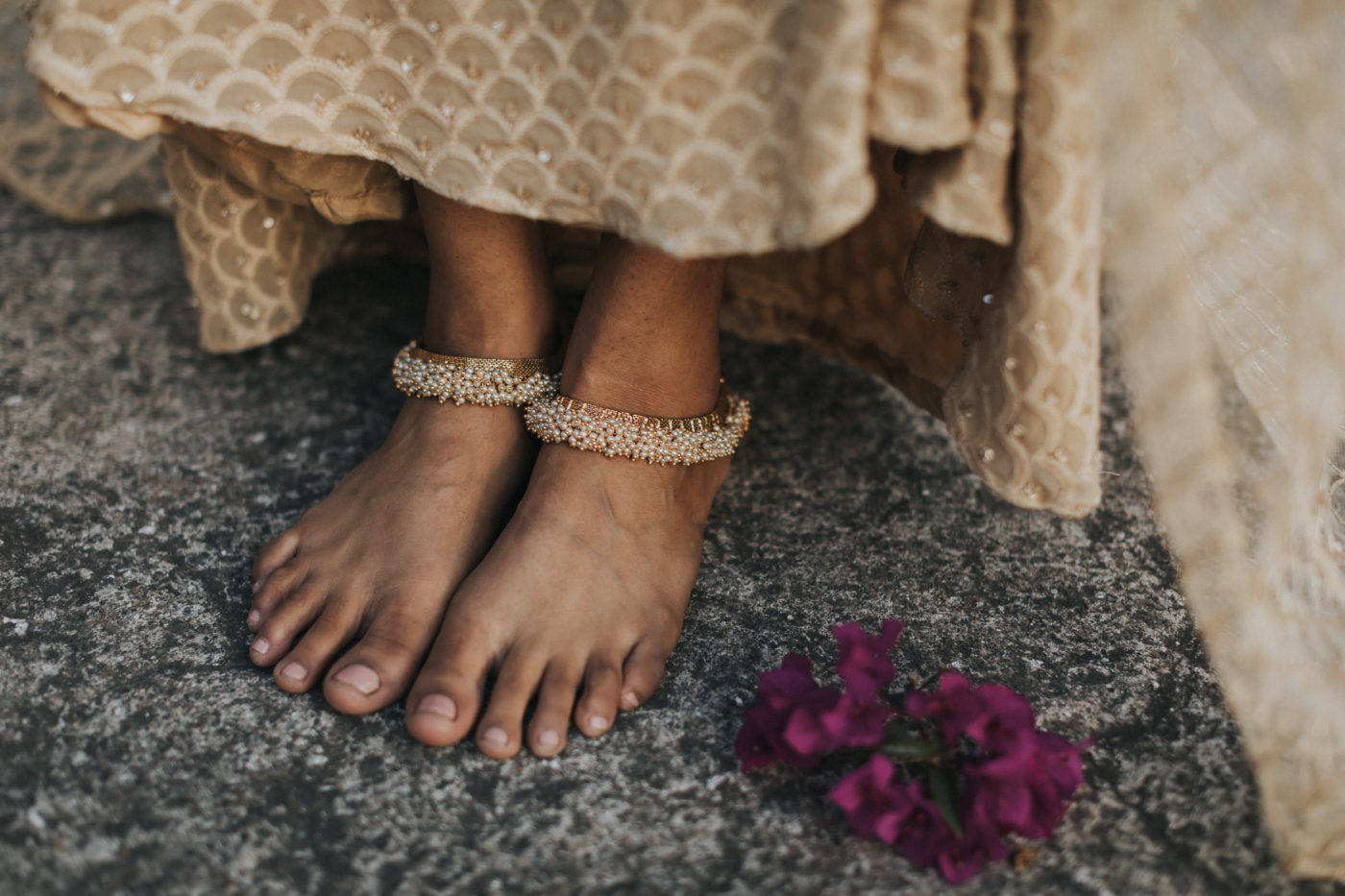Welcome to Day 5 of NYC Jewelry Week! Here on Future Heirloom, we’re celebrating by bringing you special behind-the-scenes content on some of our favorite programs, events, and exhibition every day this week. Check in each day for a new feature on the happenings at NYC Jewelry Week.
Today, we’re talking political jewelry with Rebecca Schena and Talia Spielholz, the creators of Lapel Stories: America’s Political Pins, a lecture happening tomorrow. During the lecture, jewelry makers and researchers Talia & Rebecca will discuss the symbolism, utility, and history of political pins and their role in constructing an American political identity.
We spoke with Rebecca and Talia their interests in the political power of jewelry, and how their concept for the lecture took shape:

“The idea for Lapel Stories came from the unexpected convergent evolution of our individual research/making practices and, of course, from ✧・゚friendship゚:*. As researchers and makers of body adornment, we are interested in the sartorial presentations of political power and social identity we make each day. We are constantly intrigued and surprised by how subtle (and sometimes not-so-subtle) acts of adornment can lead to enormous shifts.
In the last few years, political pins have become a topic of increased debate in the United States. Many people, politically inclined or otherwise, use pins to display their opinions on popular and niche issues. With the constant deluge of social media transmissions and the amnesiac churning of the news cycle, political pins and other worn political messages have become increasingly visible. From performative safety pins to pronoun pins to “Black Lives Matter” t-shirts to the assortment of ideological insignias donned on January 6th: what we wear is as political as ever. Yet, coverage of dress and adornment in politics is often discussed in stark, black-and-white terms that consider “style” and “substance” mutually exclusive. As jewelers, who experience style and substance as intimately intertwined, we felt that it may be helpful to speak about how we think about political pins.

As worn objects, pins are a favorite of jewelers because of their ease of wear and their ability to convey billboard-style messaging. However, we thought it was important not to focus solely on art jewelry but to speak to the pin’s utilitarian roots as a readily producible and wearable method of display. From antiquity through the present and in societies worldwide, the desire to share experiences, build communities, and express personal identity through our worn objects has been constant.
We hope that this presentation will reflect the varied purposes of the political pin and its longevity throughout human history. We aim to help jewelry enthusiasts of all stripes place their personal experiences with political pins into their larger historical context.”
Rebecca Schena & Talia Spielholz

Talia Spielholz’s portion of the lecture will contextualize the contemporary political pin in the US within a broader global and historical framework. Using objects, portraits, and cartoons from different eras and cultures as examples, Talia will discuss the American political pin’s evolution from the Civil War era through to the present. She will underline how, through its utilitarian function, ease of wear, and material construction, the pin became an inseparable part of American political dress and democratic identity.
Rebecca Schena will discuss the communicative potential of adornment, with a focus on how political pins encourage discourse, display identity, unify communities, and project a public self-image. Using examples from the political theater, anti-establishment “guerrilla accessorizing” movements, and contemporary jewelry, Rebecca will demonstrate how costuming is used in the political sphere. She will address the role of political pins through the framework of symbolic interactionism and social psychology.
About the Speakers

Rebecca Schena is a Bay Area-based jeweler, writer, and aspiring maximalist. She holds a BFA in jewelry and metalsmithing with a concentration in scientific inquiry from Rhode Island School of Design. Rebecca is interested in jewelry as a method of initiating political discourse and as a way of expressing, manipulating, or distorting social identity. She believes that a healthy dose of humor and blasphemy is necessary to invite us into approaching critical subject matter. In addition to her daily work as a bench jeweler, she is a contributor to Making Progress and Current Obsession Magazine.

Talia Spielholz is a current MA candidate in Costume Studies at NYU Steinhardt. She received her BFA in Jewelry + Metalsmithing from Rhode Island School of Design. Talia’s research focuses on the relationship between dress and power, specifically as it relates to gender. She is interested in how material choices construct identity and mythologies, the overlap between dress and jewelry, and the ability of worn objects to permeate culture, articulate identity, and bridge narratives. She is passionate about educational accessibility and aims to develop approachable jewelry and dress exhibitions.
Lapel Stories: America’s Political Pins with Talia Spielholz & Rebecca Schena will be livestreamed Saturday, November 20, 2021 from 2:30 PM- 3:30 PM. For more information on the virtual talk and to RSVP, click here.
Both Talia Spielholz and Rebecca Schena are members of NYC Jewelry Week’s One For The Future program, dedicated to uplifting recent graduates, self-starters, and emerging professionals who embody passion, dedication, and a commitment to jewelry. Learn more about the One For The Future program here.
Lecture description and quotes attributed to Rebecca Schena & Talia Spielholz. Text, quotes, and images provided by Rebecca Schena. Feature edited and compiled by Future Heirloom Editor Jackie Andrews.









































































